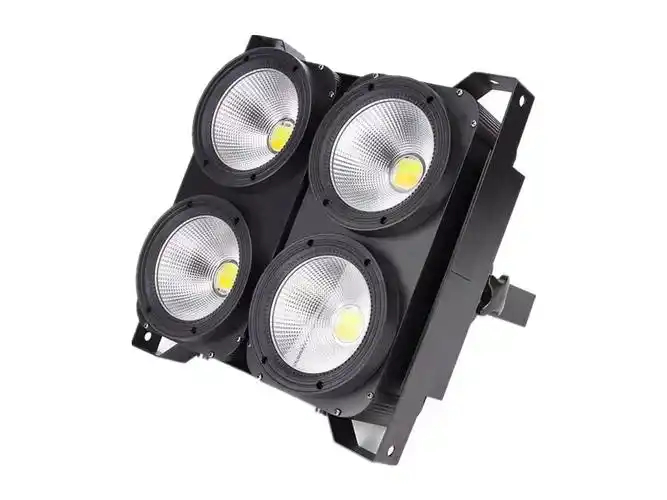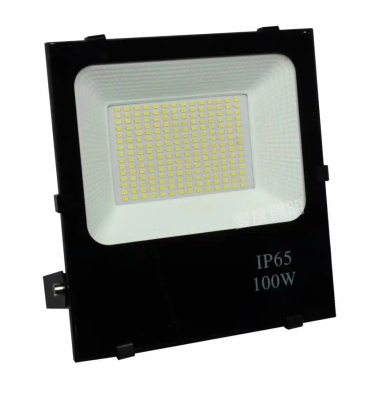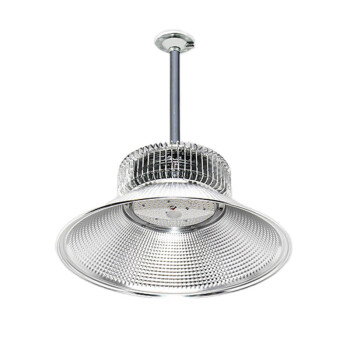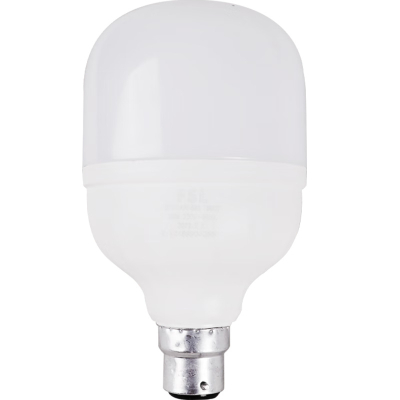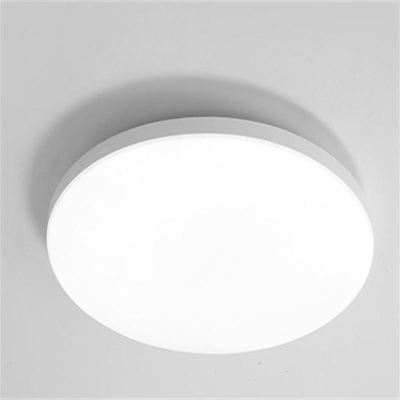Auditorium Lighting Fixtures
Auditorium lighting fixtures are a collection of lighting equipment specifically designed to illuminate auditoriums, which are large halls used for various events such as concerts, theatrical performances, lectures, and meetings. The primary purpose of these fixtures is to provide sufficient and appropriate lighting to ensure clear visibility for the audience, enhance the visual aspects of the performance or presentation, and create the desired atmosphere.
1. Definition and Purpose
Auditorium lighting fixtures are a collection of lighting equipment specifically designed to illuminate auditoriums, which are large halls used for various events such as concerts, theatrical performances, lectures, and meetings. The primary purpose of these fixtures is to provide sufficient and appropriate lighting to ensure clear visibility for the audience, enhance the visual aspects of the performance or presentation, and create the desired atmosphere.
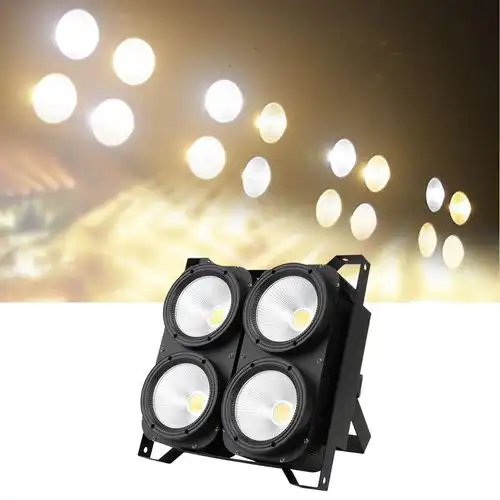
2. Types of Auditorium Lighting Fixtures
·
General Ambient Lighting Fixtures
·
· Ceiling - Mounted Panels: These are usually flat - panel lights, often using LED technology, that are installed on the ceiling of the auditorium. They provide a wide - spread, even illumination to the entire seating area and aisles. The light distribution is designed to be uniform, minimizing shadows and glare. For example, in a modern conference auditorium, these panels might have a color temperature of around 4000K to provide a bright and clear light that is conducive to note - taking and visual communication. The lumen output can vary depending on the size of the auditorium, but typically ranges from 300 to 1000 lumens per square meter to achieve an adequate ambient light level.
· Wall - Sconces: Wall - sconces are fixtures attached to the walls of the auditorium. They can serve both functional and aesthetic purposes. Functionally, they provide additional ambient light, especially in the areas close to the walls and can help to reduce the contrast between the center and the periphery of the auditorium. Aesthetically, they can be designed in various styles to match the interior decor of the auditorium. The light from wall - sconces is usually diffused to create a soft glow and avoid harsh shadows.
·
Stage Lighting Fixtures
·
· Spotlights: Spotlights are essential for highlighting specific elements on the stage. They have a narrow beam angle, usually ranging from 5 to 20 degrees, which allows for a highly focused beam of light. The light intensity at the center of the beam can be adjusted to be very bright, enabling clear visibility of a single performer or a particular object from a distance. Spotlights can be equipped with features such as iris diaphragms to further control the beam size and focus. In a theater production, for instance, a spotlight can be used to follow an actor as they move across the stage during a soliloquy, drawing the audience's attention and creating a dramatic effect.
· Floodlights: Floodlights are used to cover a larger area of the stage with a broad, even beam of light. Their beam angle is typically between 30 and 120 degrees. They are useful for illuminating large backdrops, set pieces, or group performances. The wattage of floodlights can vary significantly, from 500 watts to 2000 watts for traditional halogen floodlights, or from 100 to 500 watts for LED floodlights. The color temperature of floodlights can also be adjusted, with options for warm - white (around 3000K) to create a cozy atmosphere or cool - white (around 5000 - 6000K) for a more vivid and bright look.
· Wash Lights: Wash lights are designed to provide a soft, diffused illumination that “washes” the stage with a consistent layer of light. The beam angle of wash lights is usually wider than that of spotlights but narrower than some floodlights, often ranging from 60 to 100 degrees. They are excellent for creating a base level of light on the stage and for setting the mood of a performance. Wash lights are typically equipped with color - mixing capabilities, allowing lighting designers to blend different colors to achieve a variety of effects. For example, in a musical performance, wash lights can gradually change colors to match the mood of the music.
· Profile Lights: Profile lights project a beam of light with a defined shape, which can be adjusted to fit the contours of objects or performers on the stage. They come with shutters and gobos (metal or glass templates that can project patterns such as circles, squares, or more complex designs). Profile lights are often used to create scenic effects, such as projecting the silhouette of a building or a forest onto a backdrop. The beam angle of profile lights can range from 10 to 40 degrees, depending on the specific design and intended use.
·
Audience - Focused Lighting Fixtures
·
· Aisle Lights: Aisle lights are installed along the aisles to provide safe passage for the audience. They are usually low - intensity, with a downward - facing beam to avoid blinding the audience. These lights can be step - lights (embedded in the steps) or small wall - mounted fixtures. The color temperature is often chosen to be warm - white (around 3000K) to provide a comfortable and inviting glow.
· Front - of - House Lights: These lights are aimed at the area between the stage and the front rows of the audience. They serve to enhance the connection between the performers and the audience by providing enough light for the performers to see the expressions and reactions of the audience and vice - versa. The light is usually diffused to avoid harsh glare and is adjusted to a suitable brightness level that doesn't distract from the performance on the stage.
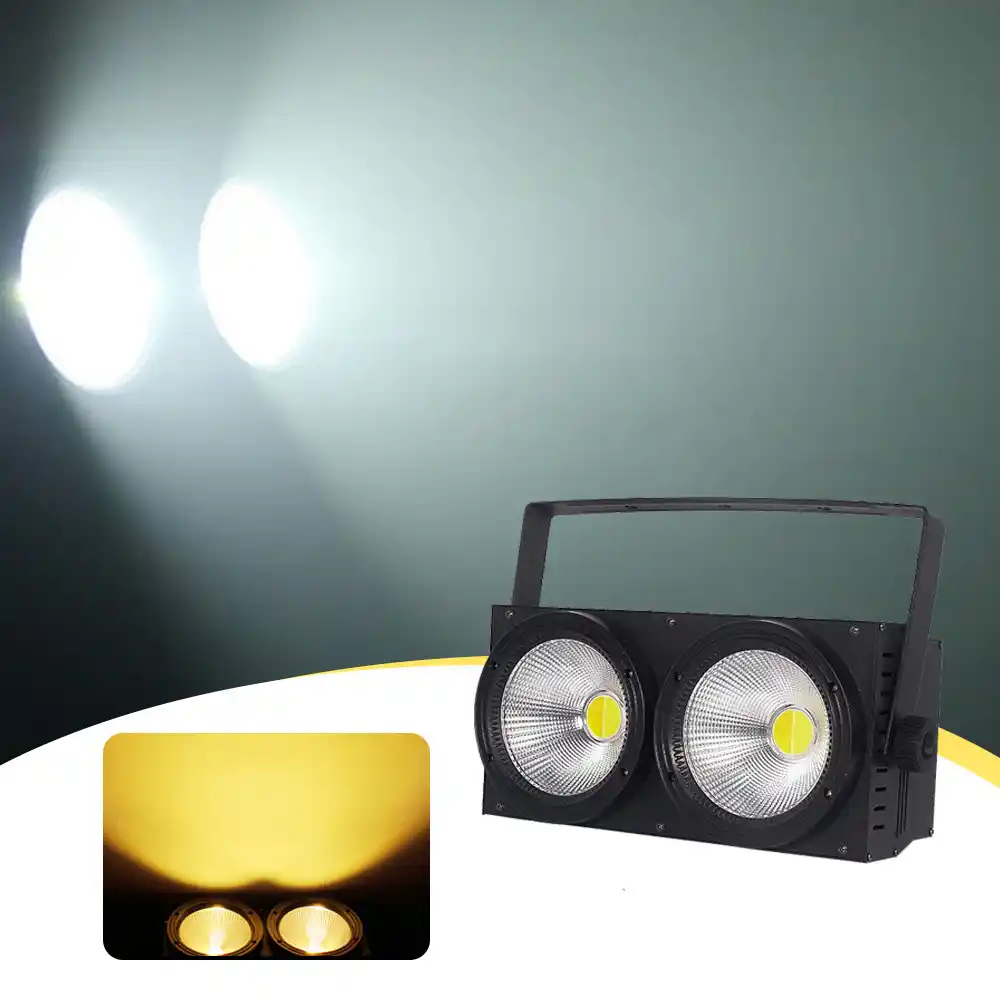
3. Components of Auditorium Lighting Fixtures
· Light Source
· The light source is a crucial part of the lighting fixture. LEDs have become the dominant light source in modern auditorium lighting due to their many advantages. LEDs are energy - efficient, consuming significantly less power than traditional incandescent or halogen bulbs. For example, an LED spotlight might consume only 50 - 100 watts compared to a halogen spotlight that could consume 300 - 500 watts. LEDs also have a long lifespan, often rated at 25,000 to 50,000 hours, reducing the need for frequent bulb replacements. The color - rendering index (CRI) of LEDs is another important factor. A high CRI (above 80) indicates that the light source can accurately reproduce the colors of objects, which is essential for a realistic and vivid visual experience on the stage.
· Reflector and Lens
· The reflector is used to direct and focus the light beam. It is usually made of a reflective material such as polished aluminum. The shape of the reflector, whether it's parabolic, spherical, or elliptical, determines how the light is focused and distributed. A parabolic reflector, for example, can produce a parallel beam of light, which is ideal for spotlights. Lenses are also used to shape and control the light. A convex lens can spread the light to increase the beam angle, while a concave lens can focus the light to a narrower angle. Some advanced lighting fixtures have adjustable lenses that allow for variable beam angles and more precise control of the light distribution.
· Housing and Mounting Structure
· The housing of the lighting fixture serves to protect the internal components from dust, moisture, and physical damage. It is usually made of metal or durable plastic. The mounting structure is designed to securely attach the fixture to the ceiling, walls, or trusses. For stage lighting fixtures, the mounting often allows for adjustable positioning in multiple directions, including pan (horizontal rotation), tilt (vertical rotation), and sometimes even height adjustment. This flexibility enables lighting designers to precisely aim the lights to achieve the desired lighting effects.
· Power Supply and Control System
· The power supply provides the electrical energy required to operate the lighting fixture. In the case of LED fixtures, a constant - current power supply is often necessary to ensure stable light output. The control system is what allows for the adjustment of various lighting parameters. This can include brightness control, color temperature adjustment, and the activation of special features such as gobos or color - mixing. Many auditorium lighting systems use a digital control protocol such as DMX (Digital Multiplex) to communicate between the lighting console and the individual fixtures. This enables the lighting designer to create complex lighting scenes and sequences, synchronizing the lights with the performance or event.
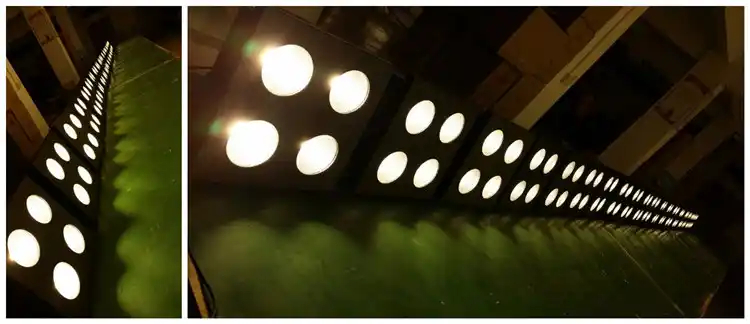
4. Applications and Considerations in Auditorium Lighting
· Visibility and Safety
· The primary consideration in auditorium lighting is to ensure clear visibility for the audience. This means providing enough light on the stage and in the seating area to see the performers, the presentation, and to move around safely. The illuminance levels should be carefully designed, with typical values for the stage ranging from 500 to 1000 lux, depending on the type of performance. In the seating area, the illuminance should be sufficient for reading and orientation, usually around 100 - 300 lux. Aisle lights play a crucial role in safety, guiding the audience during entry, exit, and in case of emergencies.
· Atmosphere and Aesthetics
· The choice of lighting fixtures and their settings can greatly influence the atmosphere of the auditorium. For a concert, bright, dynamic lighting with rapid color changes and moving lights can create an energetic and exciting atmosphere. In a theater production, more subdued and nuanced lighting can enhance the emotional impact of the story. The color temperature of the lights also affects the mood. Warm - white light can create a cozy and intimate atmosphere, while cool - white light can give a more professional and modern feel.
· Lighting for Different Events
· Theatrical Performances: In theater, the lighting needs to support the narrative and the characters. Spotlights are used to highlight the actors during important dialogues and soliloquies. Wash lights can change the mood of the scene, and profile lights can be used to create the illusion of different settings. The lighting is often carefully choreographed to match the progression of the story.
· Concerts: Concerts require a more energetic and visually stimulating lighting setup. Spotlights are used to focus on the musicians and lead singers. Wash lights and intelligent lighting fixtures with features like moving heads and color - changing capabilities are used to create a dynamic and immersive light show that synchronizes with the music.
· Lectures and Meetings: For these types of events, the lighting should be bright, even, and without distractions. The focus is on providing clear illumination for the presenter and the visual aids such as slides or whiteboards. The ambient lighting in the seating area should also be comfortable for the audience to take notes and see each other.

